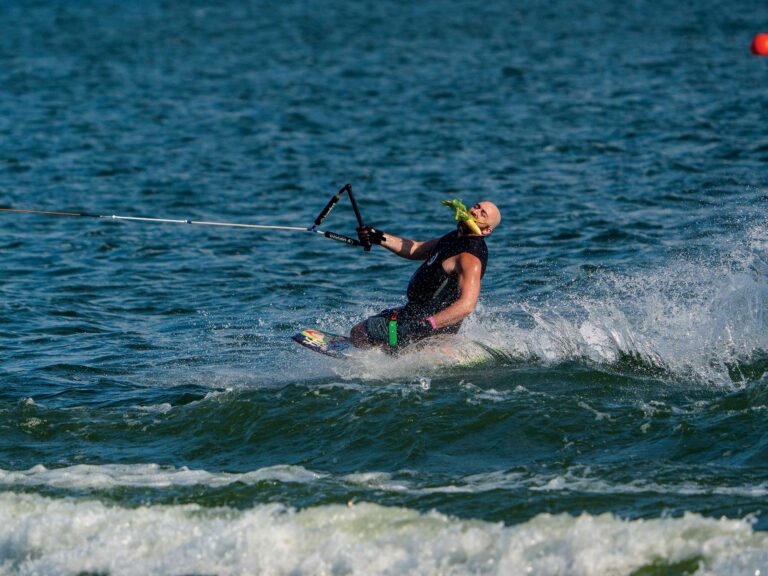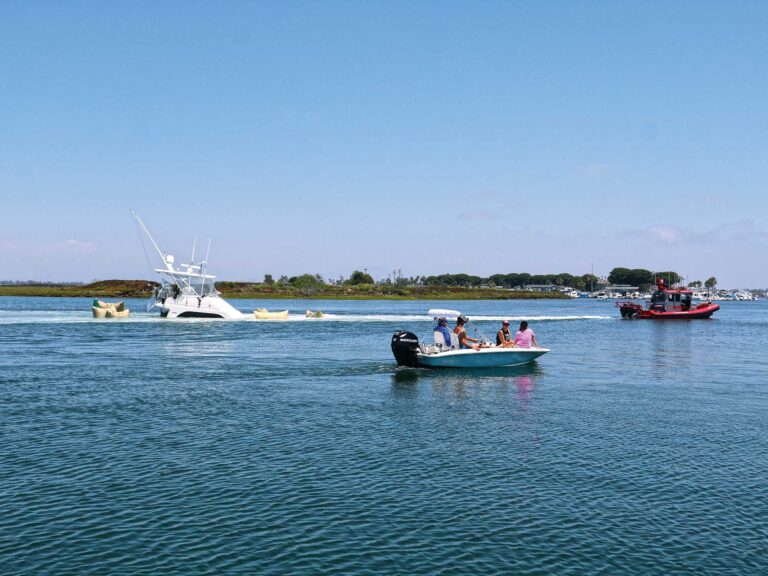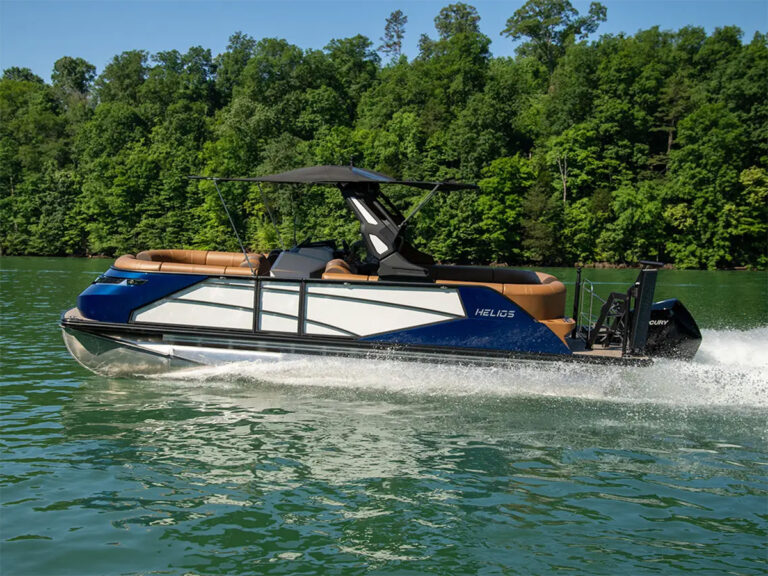Having a healthy respect for the water is just plain common sense. You never know when the fog may roll in or your engine will spring a leak. So to help ensure your security and bolster your peace of mind, here’s a list of six tools that we recommend everyone have onboard. After all, if you have the right equipment, you can guard against all the “what ifs” that are associated with boating.
VHF RADIO
On the water, reliable communications are essential; therefore you shouldn’t leave the dock without a VHF radio. You may say, “I don’t go out that far or stay out that long,” but unless you can walk on water, you need this safety device. And just because you have a cell phone doesn’t mean you can phone home; there are many shadow areas that prohibit cellular coverage. Plus, cell phones provide only direct-dial ability, and you don’t want to discover you can’t contact the boater only a mile away because you don’t have his number. A VHF radio, however, has the ability to alert every boat in the area that you’re having an emergency. Since VHF radios start around $100 – a good VHF radio barely rivals the cost of two pairs of deck shoes – there’s no reason not to have one.
DEPTHSOUNDER
Safety means keeping out of trouble in the first place, and a depthsounder helps keep your hull off the bottom. Most depthsounders, which start at $200, come with an audible depth alarm that alerts you if danger looms. Lost in the fog or stranded in the dark? Use a compass to head for shore and your depthsounder to find water that’s close to shore yet deep enough to keep your boat from scraping bottom. Then, follow that depth curve up the coast until you find your harbor or a familiar landmark.
GPS OR LORAN
It’s hard to get lost if you have a GPS or loran onboard. These devices tell exactly where you are, the direction you’re heading, and the distance you need to cover. Plus, if you’re in trouble, the more information you can include about where you are when broadcasting a Mayday, the greater your chances of a quick rescue. After all, search-and-rescue craft have to find you. For $300 and up, a GPS or loran can pinpoint your location, helping to take the search out of search and rescue. In case anything happens to you, be sure guests are able to read the latitude and longitude numbers so they can give your location to the rescuers.
EPIRB
I have never met a skipper who did not think an EPIRB (Emergency Position Indicating Radio Beacon) is a good idea for a basic boating safety device. Yet, most boat owners don’t have one. You never know exactly what will happen at sea, and an EPIRB is the ultimate panic button. It’s called on to function when everything else fails. It’s saved numerous lives and property. Although EPIRBs are somewhat costly – about $750 – the benefits far outweigh the expense.
HAILER
A waterskier ventures close to your hull. A skipper cuts across your bow. These close encounters of the poor seamanship kind occur far too often, and in such an event you need access to immediate communication. But the other craft may not have its VHF radio turned on. An amplified message, however, can avert an on-the-water catastrophe. In addition, most hailers have a listen mode so you can hear the other skipper shouting back at you. This feature is also helpful in the fog or after dark. You can pick up the faint sound of nearby craft, buoy bells, distant foghorns, and even surf breaking on rocks. A hailer costs between $200 and $300.
A HANDHELD VHF RADIO
This may seem redundant, but it isn’t. A portable VHF has a different purpose than a fixed-mount VHF radio – it goes where you go. The mounted VHF radio is more powerful and a logical choice in an emergency, but it may not always be within arm’s reach. In addition, if all power on the boat must be shut off due to an electrical fire or if you have to abandon ship, then a handheld VHF can get your call through. Starting under $150, portable VHF radios are essential to any boat.
These six safety devices are sure to fit within any boating budget. If price and size have kept one of these instruments off your boat, then you need to rethink your priorities. Boating safety starts with being prepared. One extra consideration: Radar. After you acquire the six essentials, give radar some thought – especially if you have a boat larger than 23′. Entry-level radars begin at $800.









